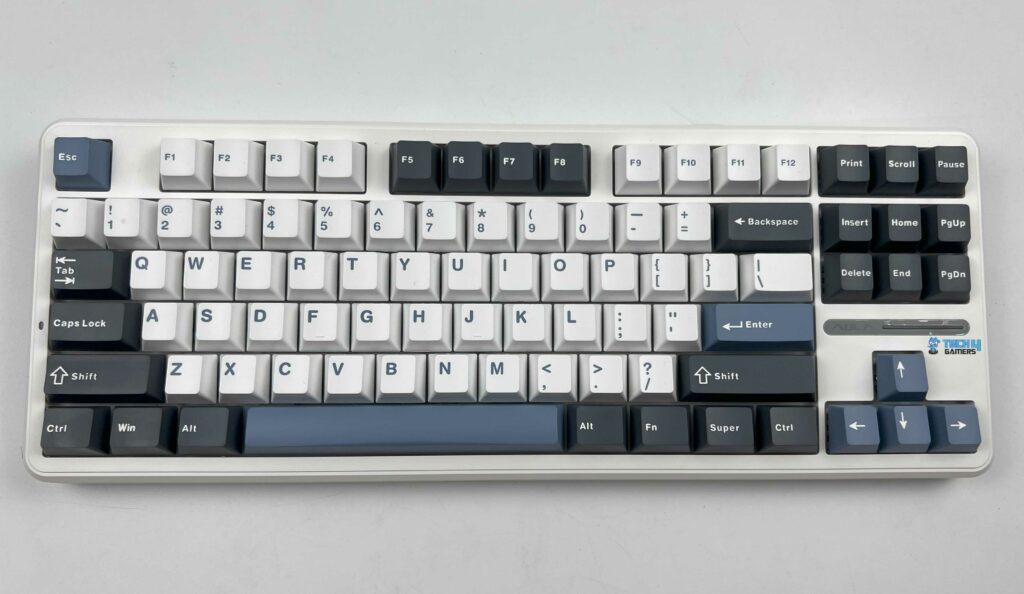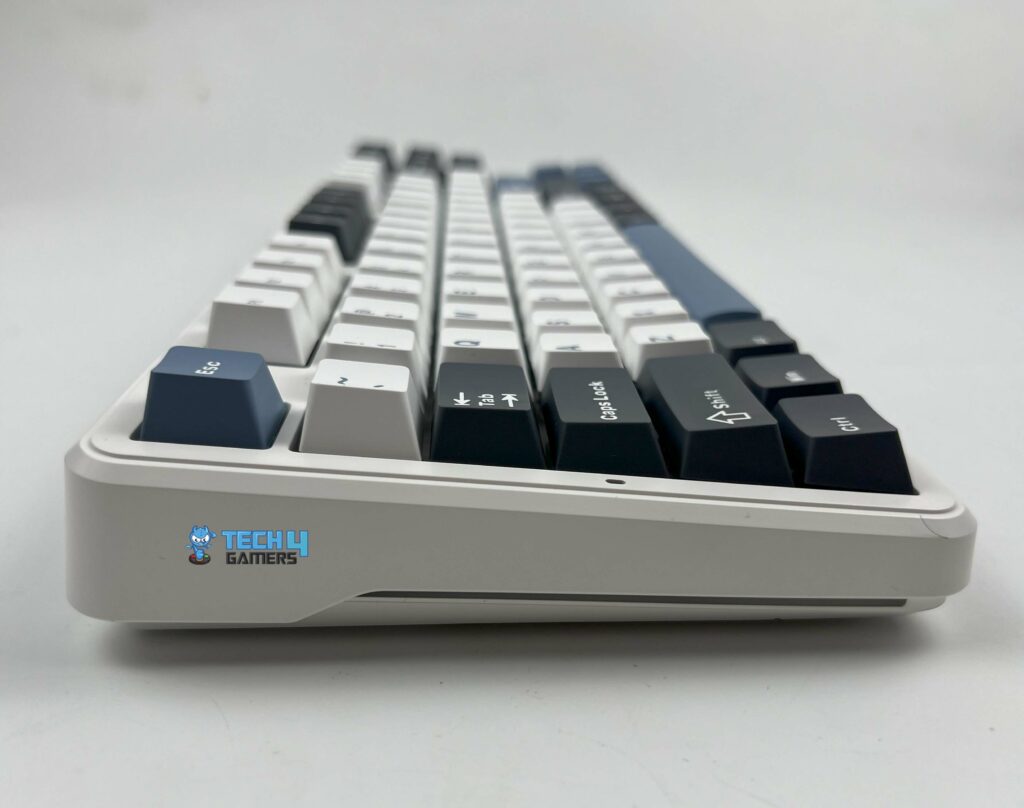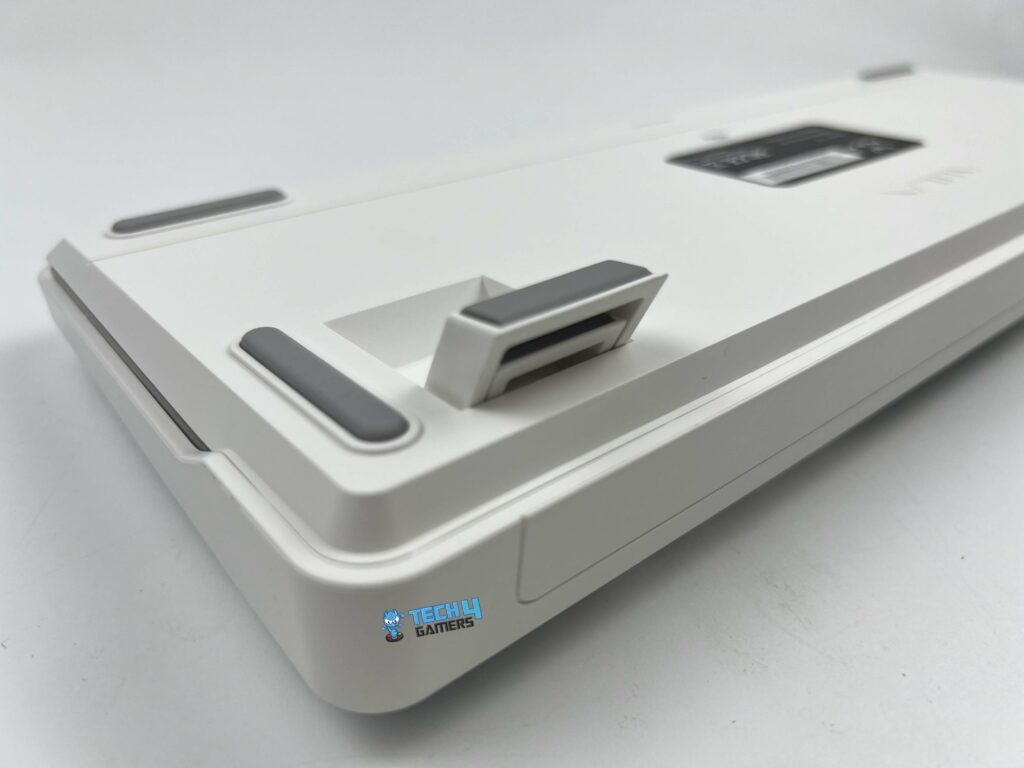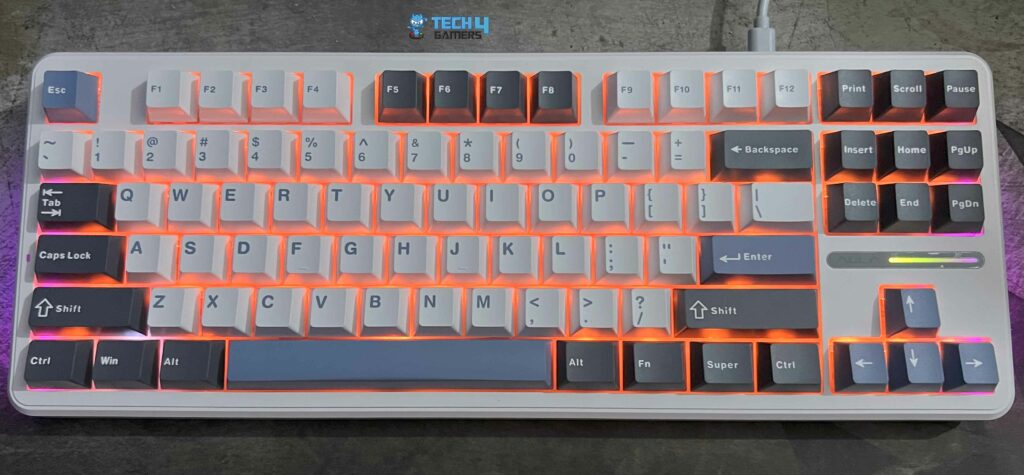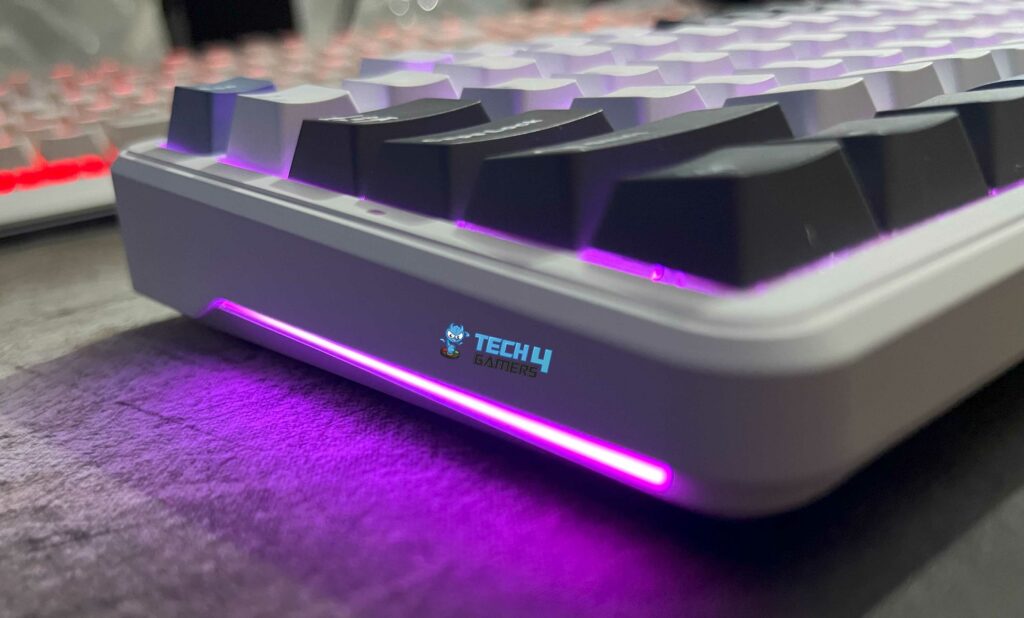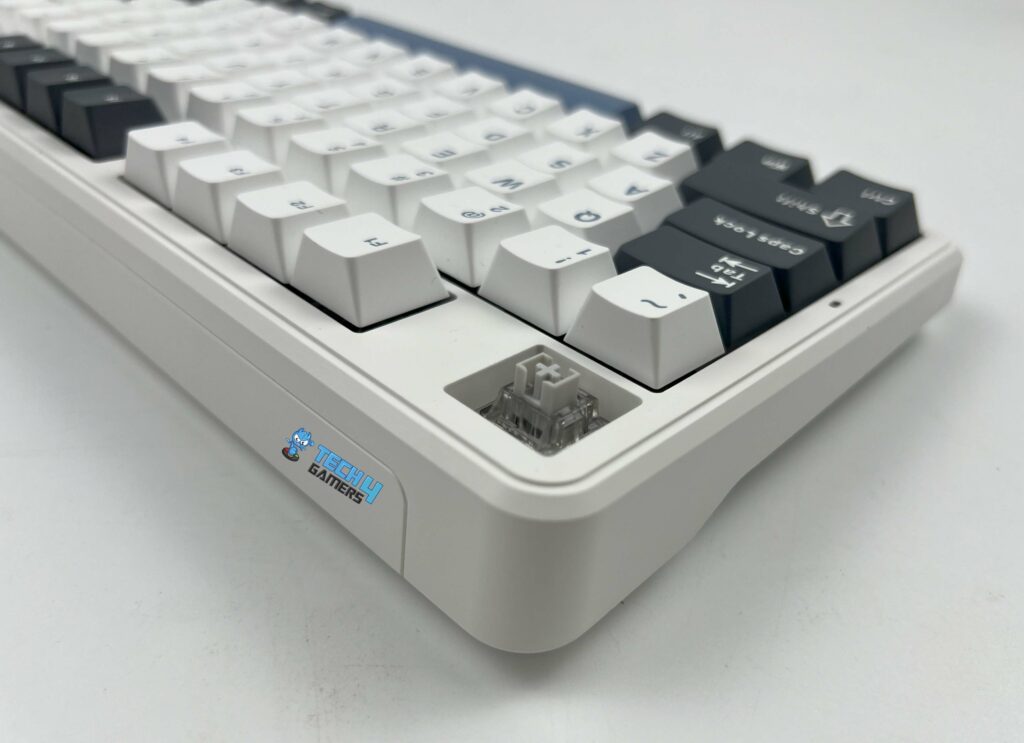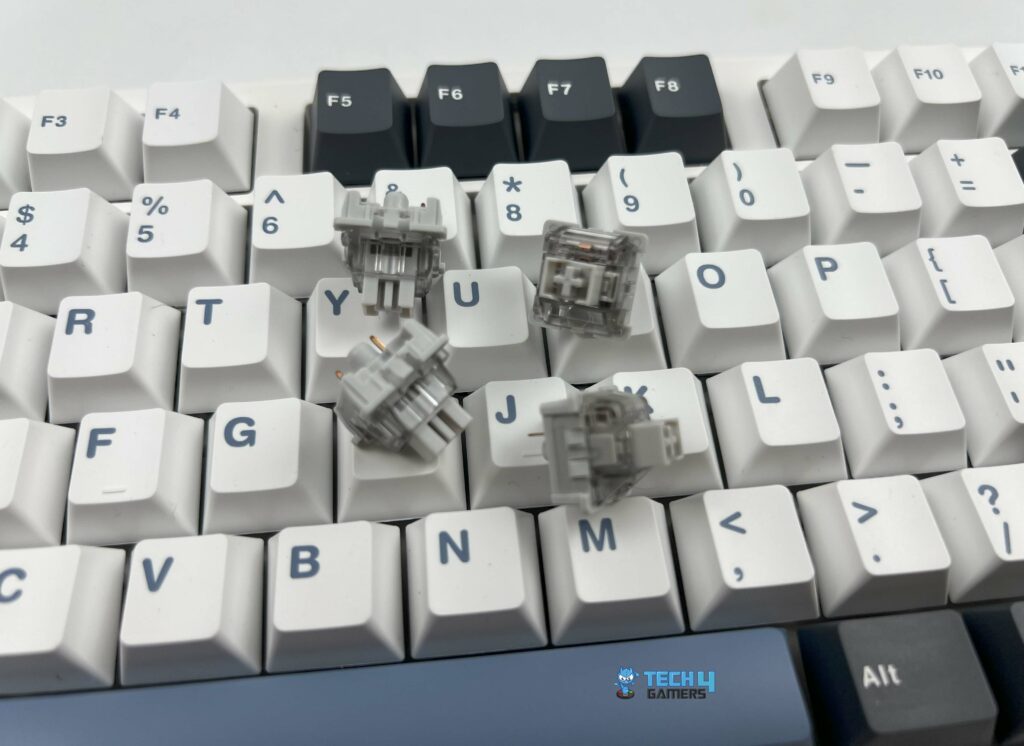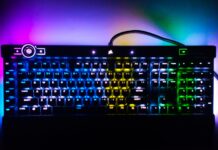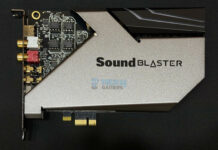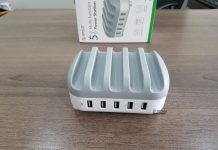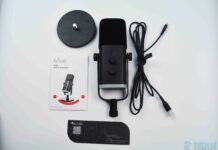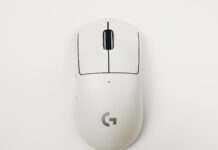Solid Value!
Review Summary
The Aula F87 Pro punches above its weight in the budget mechanical keyboard market. This TKL keyboard boasts a premium feel thanks to its solid build quality and PBT keycaps. It caters to both typists and gamers with its satisfying typing experience achieved through multi-layered internal dampening and hot-swappable switches for customizable feel.
Hours Tested: 2 Weeks
Overall
-
Design - 9/10
9/10
-
Value - 9.5/10
9.5/10
-
Build Quality - 9/10
9/10
-
Software - 8/10
8/10
-
Typing Experience - 9/10
9/10
Pros
- High-quality build and materials
- Excellent stabilizers and stock sound
- Customizable RGB lighting
- Multiple connectivity options
- Hot-swappable switches
Cons
- Complex to open
- Limited typing feel
- Non-see-through keycaps
- Potential compatibility issues
Following my review of the Aula F75, it has instantly risen to the rank of one of my top keyboards. As such, having the opportunity to look into the Aula F87 Pro was almost too tempting for me to pass up. It is a TKL version of the ‘F’ series of keyboards that Epomaker and Aula have collaborated on. Notably, coming out of China, the Aula F75 caught everyone by surprise. The keyboard punched a great deal above its weight in terms of quality of construction, material selection, foams, and switch options.
Similarly, the Aula F87 Pro incorporates meticulously chosen components in its design, as well as precisely tailored foams and cushioning, to provide an ergonomically and aurally pleasant typing experience. So, in this review, I will be going over each aspect of this budget-friendly beast to see how it performs.
Key Takeaways
- The Aula F87 Pro is a budget-friendly TKL mechanical keyboard that stands out for its high-quality construction and impressive features. Built with ABS plastic and outfitted with thick PBT keycaps, it offers a premium feel.
- You should buy the Aula F87 Pro if you prioritize affordability, value versatile connectivity, and appreciate an excellent typing experience.
- You should not buy the Aula F87 Pro if you require advanced features, lack experience with keyboard modifications, and need translucent keycaps.
Here are the specifications:
| Connection | Type-C wired & 2.4G wireless & BT |
| Number of Keys | 87 Keys |
| Customizability | Hot-Swappable |
| Extra Functions | FN key multifunction |
| Dimensions | 365.9 x 139 x 41.1mm |
| Weight | 916g (w/o cable/receiver), 935g (with cable/receiver) |
| Charging voltage/current | DC5V 600mA |
| Rated Voltage | DC 3.7V (full 4.2V) |
| Current Rating | 180mA @37V (default light effect) 15mA (all lights off) |
| Endurance | ~22 hours (default light effect), ~266 hours (with all lights off) |
| Operating System | Win XP/7/8/10/Android/IOS/Mac |
| Software | Yes |
Box Contents
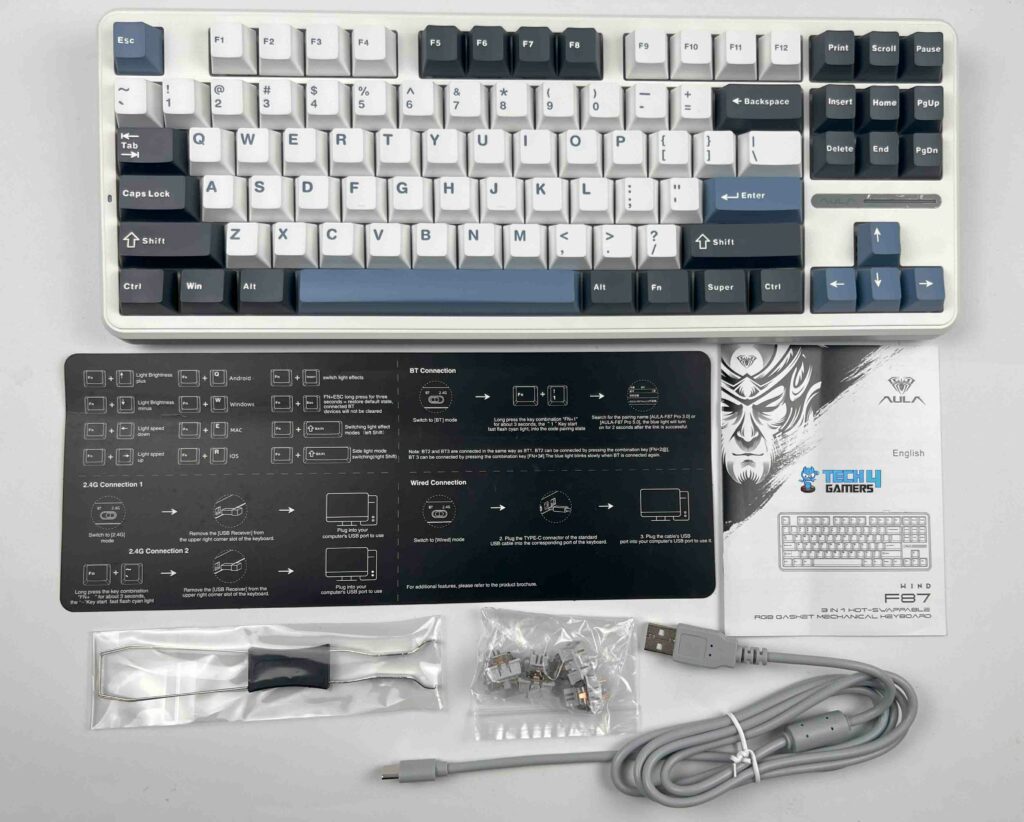
- Aula F87 Pro Keyboard
- Switch Puller
- 2.4G Reciever
- USB-C Cable
- Spare Switches
- User Manual
Design
The AULA F87 Pro’s design is quite fascinating. You can buy it directly from Epomaker’s website in a wide variety of colors, including smoke blue, white blue, white orange, white green, and black, and they all come packed with Leobog Greywood V4 linear switches. The Smoke Blue variant that I received is visually identical to the Aula F75 I reviewed, except for the keycaps, which are a little different color.
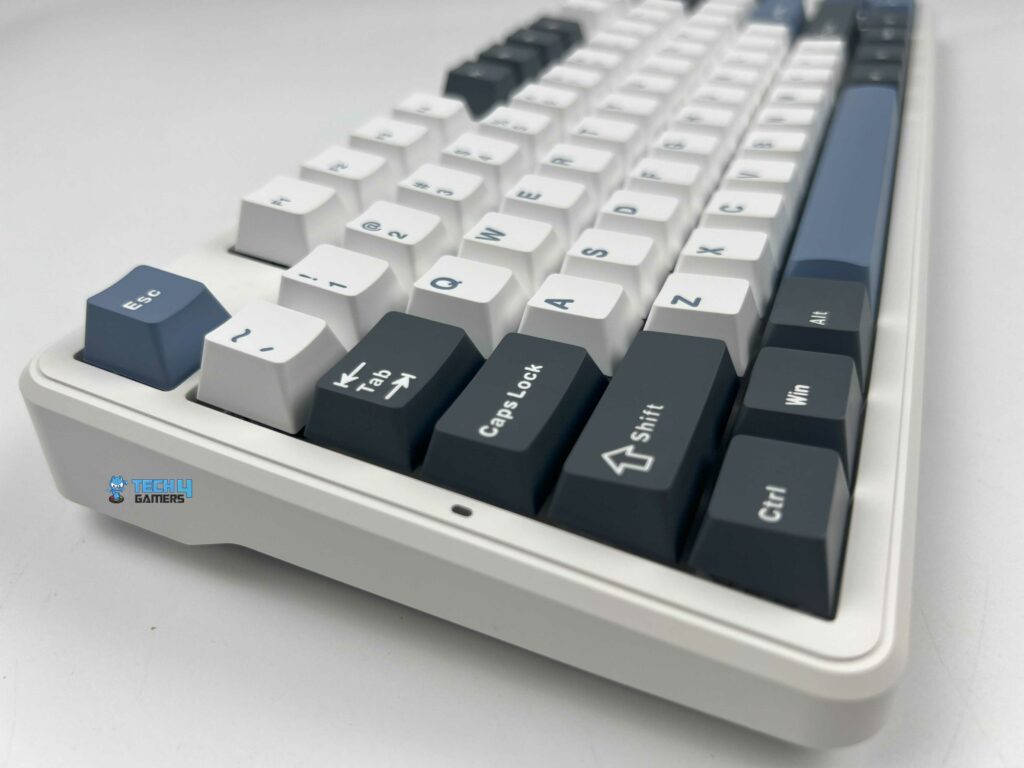
The shared lineage of the two keyboards is evident to observe. They both use ABS plastic, have PBT keycaps, and share the majority of their internal components. Aside from that, the F87 Pro is your average TKL, but with a complete row of F-keys and a cluster of extra function keys on the side. To illustrate, the margins and borders of it are somewhat rounded.
Notably, side profiles often make use of angular designs based on notches. Furthermore, its build quality is on par with that of the Aula F75, which makes it seem much more expensive than the asking price would suggest. Its 1.7-kilogram weight gives it a substantial presence. Compared to other keyboards in this price range, Aula’s construction is second to none.
Even though plastic has been utilized in nearly every instance. But it’s solid, well-made, and wonderful to the touch. The rear of the keyboard has the standard basic design, but it does include two big rubber feet to keep it securely on the desk and two adjustable feet to let you change the height.
Superior build quality and thoughtful design!
RGB Lighting
With its well-executed RGB lighting, the F87 Aula Pro has brought a bit of flair into the design. There is a narrow RGB strip above the arrow keys that serves no practical use but adds a touch of visual flair that helps the keyboard stand out. Moreover, ambient lighting on the edges of the keyboard is also there, and it’s faint but well-executed and looks good. Even though it’s not visible from the front.
Since the keycaps aren’t see-through, the RGB lighting creates a subtle ambiance underneath the keys. Last but not least, these RGB lighting effects are highly customizable using keyboard shortcuts or the AULA accompanying software for additional settings. There is also an option to disable RGB lighting, in case you’d rather not want to see it.
Connectivity
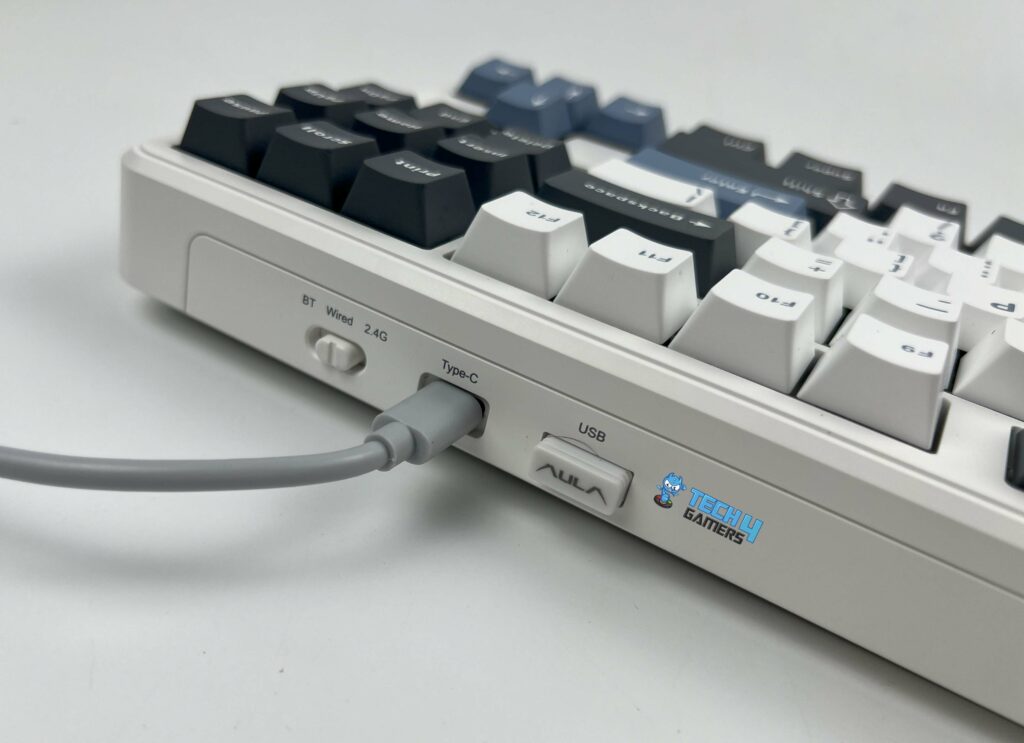
In terms of wireless connectivity, you can choose between a 2.4 GHz wireless receiver connection and Bluetooth. Moreover, there’s a USB-C connector for wired connections and charging the internal battery. The keyboard is also designed with portability in mind. Therefore, it includes a tiny compartment for storing the wireless USB receiver. As expected, all of the these connectivity options worked flawlessly.
Keycaps
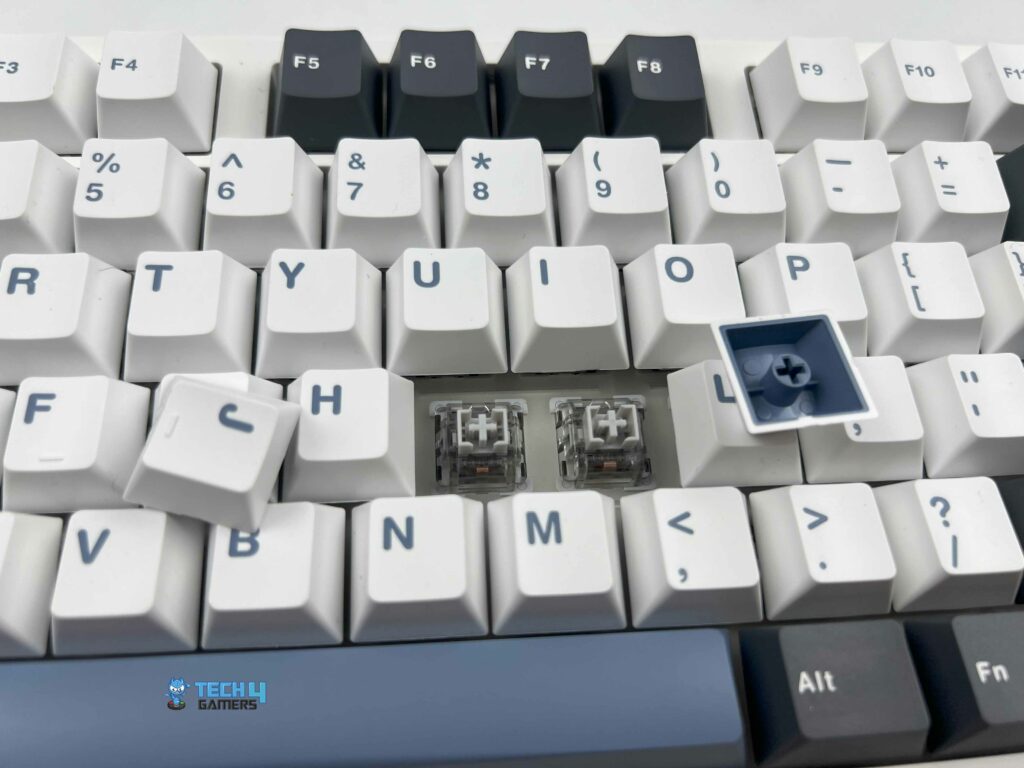
The F87 Pro, like the Aula F75, has thick PBT keycaps that are elegant and easy on the fingertips. In keeping with the rest of the keyboard’s design, the typeface and color palette are simple yet viable. It’s not flashy or trendy in the slightest, yet it looks great and goes with any desktop theme.
Even the surface of the keycaps is very clean and excellent, which is unusual for inexpensive keyboards since that’s usually where you’ll see splotchy color mixing and manufacturing errors. When it comes to affordable prices and top-notch production, Aula is in a league of its own. In my opinion, the Aula F87 Pro has a more polished look thanks to the PBT keycaps.
Customizability
When it comes to opening the keyboard for modifications, the F87 is as equally complicated as the Aula F75. It is possible, but it demands a significant amount of strength that one must deliberately put on their beautiful new keyboard. Additionally, it requires a high level of expertise and attention to detail to avoid breaking anything if not done correctly.
Several plastic latch points, rather than screws, which are typical of plastic pre-built keyboards, keep the keyboard in place. It is not easy to disassemble. So, if you were looking for a naturally tacky and foamy keyboard, you’re in luck since Aula manufactured this keyboard to need almost no modifications at all for that kind of purpose. If that’s not your thing, then you’ll need the right tools and a great deal of patience and endurance to open this keyboard.
You can get a short rundown of everything Aula has included in the keyboard in the video up above. The structure incorporates gaskets, with the PC plate being attached with silicon at the edges to serve as gaskets. Moreover, there are a lot of flex cuts on the PC plate. To achieve the desired marbly sound character when used in conjunction with the right switches. It incorporates a thick layer of poron foam below, an IXPE switch pad, and an extra PET switch pad.

Furthermore, on the underside, you’ll find a thick silicone cushion and two layers of sound-absorbing foam. Since we have the typical flex-cut PCB board, it is compatible with both 3-pin and 5-pin switches, as well as stabilizers that are placed on plates. But certain Cherry profile keycaps may not be up to spec with those north-facing LEDs.
Switches
One of Leobog’s most popular switches, the typical Greywood V4 in the Aula F87 Pro has a very clacky, high-pitched, but velvety sound profile. In my opinion, they aren’t itchy and won’t get any better after being lubricated. Therefore, changing the switches to something else that would sound deeper would be a better option if you like a more substantial sound profile.
Their outstanding stock stabilizers are the common factor between the Aula F75 and the Aula F87. These are among the finest affordable keyboard stabilizers I’ve ever used, so once again, I’m quite pleased with Aula’s manufacturing procedure and attention to detail. Its stock performance is excellent, and it makes use of stabilizers placed on plates.
There isn’t any scraping, rattling, or ticking in them; they’re smooth and lubricated. The spacebar has one of the quietest sounds of any pre-built keyboard, and there was not a single tick or rattling sound. Moreover, because the PCB is hot-swappable, it’s possible to swap out the switches for other ones in the future.
Software
Installing the AULA driver provides access to customizable options for key mappings. RGB customizations, and recording macros which is great considering the price and the fact that it is a pre-built keyboard.
Typing Experience
Even with the flex cuts on the PCB and plate, the typing experience isn’t as springy as I had anticipated. Maybe it’s because of all the things that are nestled inside. With the bottom out, you can still type comfortably without any harshness. With its distinctive IXPE switch pad located above the PCB, the AULA F87 Pro typing experience stands out from the crowd.
I would say the sound is thick and clacky coming from the LEOBOG Greywood V4 linear switches, which have a higher-pitched downstroke. In general, I like the AULA F87 Pro’s default sound. Above you can hear the default sound profile. Adding extra foam to the Aula F87 Pro makes for a very smooth, clean, and highly foamy typing experience, as you can see for yourself.
Even while I’m a huge fan of the Aula F-series keyboards’ default sound signature, I think it’s important to note that most linear switches, particularly those without clearly differentiated stem materials and springs, may and can sound rather identical due to the extensive internal cushioning.
Should You Buy it?
Buy it if
✅You want good value: The Aula F87 Pro offers high-quality features, including premium build materials, hot-swappable switches, and customizable RGB lighting, all at a budget-friendly price.
✅You want versatile connectivity: With tri-mode connectivity options—Bluetooth, 2.4G wireless, and wired—the Aula F87 Pro provides flexibility for various usage scenarios, making it ideal for both home and on-the-go use.
✅You appreciate excellent typing experience: The Aula F87 Pro delivers a satisfying typing experience with its well-tuned stabilizers, multiple layers of sound-dampening foam, and comfortable keycaps, perfect for typists and gamers alike.
Don’t Buy it if
❌You require advanced features: Users seeking extensive software customization or advanced features like dedicated control keys may find the Aula F87 Pro lacking compared to higher-end mechanical keyboards.
❌You lack experience with keyboard modifications: If you’re not confident in opening and modifying keyboards, the Aula F87 Pro may not be the best choice. Its complex disassembly process could lead to accidental damage if not handled properly.
❌You need translucent keycaps: The PBT keycaps on the Aula F87 Pro are not see-through, which might be a drawback if you prefer keyboards with keycaps that allow the RGB lighting to shine through more prominently.
Final Verdict
In my opinion, the Aula F87 Pro is one of the best TKL keyboards currently available. Given what it delivers for the price, it’s a very good buy. The durable construction, appealing design, buttery smoother stabilizers, and enough foams provide an excellent typing experience. On top of that, it comes with incredible stock sound, a clean and attractive appearance, three different ways to connect, and standard features like hot-swappability.
Just like the F75, it packs a powerful punch for the price. For a little extra money, you can get somewhat better choices. However, the Aula F87 Pro still has the upper hand when it comes to stabilizers and overall typing experience. Ultimately, the AULA F87 Pro excels as a plug-and-play keyboard if that is all that is required.
Community Poll
Thank you! Please share your positive feedback. 🔋
How could we improve this post? Please Help us. 😔
Feedback By:
Tanlh
[Hardware Reviewer]
After many years of exploiting various pieces of hardware, Abdul Hannan now serves as an editor at Tech4Gamers. He’s been in the PC hardware reviewing industry for almost a decade, and his staff of passionate geeks and reviewers is second to none.
Abdul Hannan is constantly seeking new methods, you will always see him running into New Computer Courses to improve the performance of his computer components since he is an ardent overclocker. He is well-known for providing the most extensive and unbiased analysis of the newest and greatest hardware for PC gaming, including everything from GPUs to PSUs.


 Threads
Threads
